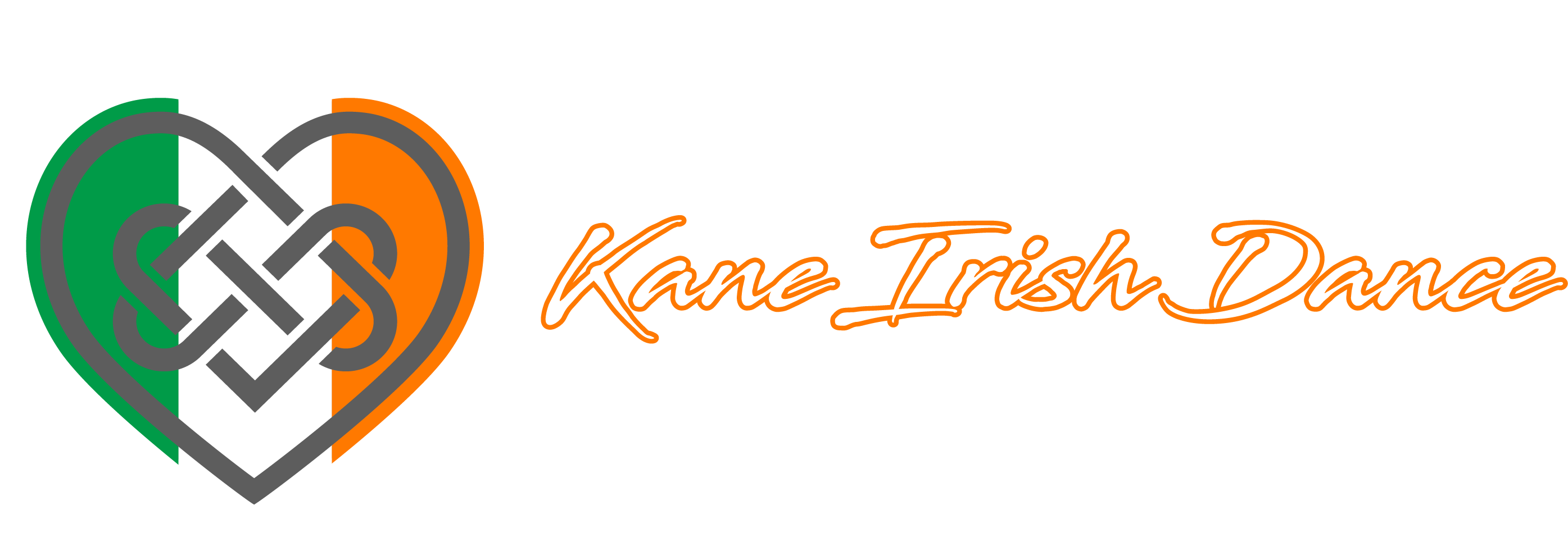[ad_1]
The Magic of Irish Dance: Why It Shines Above All Other Dance Forms
Irish dance has a mesmerizing appeal that sets it apart from other dance forms. With its rapid footwork, intricate choreography, and unique history, Irish dance has captivated audiences around the world. Let’s explore what makes Irish dance truly magical and delve into the reasons why it shines above all other dance forms.
The Origins and Legacy of Irish Dance
Irish dance traces its roots back to ancient Celtic times. It was primarily a social dance, used to celebrate events and bring communities together. The influence of Irish folk music, lively tunes played on traditional instruments like the fiddle and the bodhrán, greatly shaped the rhythm and style of Irish dance.
However, it was during the Great Irish Famine in the mid-19th century that Irish dance truly began to evolve. As Irish people emigrated to other countries, particularly the United States, they took their dance traditions with them. In America, Irish dance met new influences, such as tap dance, African rhythms, and ballet. This encounter led to the creation of what is known today as Irish step dancing.
The Unique Techniques of Irish Dance
One of the defining features of Irish dance is its unique technique, known as “dancing on your toes” or “dancing up on the balls of your feet.” Unlike many other dance forms that emphasize graceful movements and fluidity, Irish dance focuses on percussive footwork and precise upper body control. Dancers keep their upper bodies still, creating a sharp contrast with their rapid leg movements.
The most recognizable feature of Irish dance is the stiff arms and hands, held by the sides of the body. This posture allows the audience to fully appreciate the intricate footwork, which is often performed at an astonishing speed. The intricate choreography, consisting of intricate steps, switches, and spins, adds to the allure of Irish dance.
The Competitive Spirit of Irish Dance
Irish dance encompasses both performance and competition. The competitive aspect of Irish dance is showcased in events such as feiseanna (pronounced fesh-anna), where dancers of all ages and levels compete in various categories, striving to achieve mastery and recognition.
Competitions are not just about showcasing technical skills but also about preserving the rich heritage of Irish dance. Dancers are evaluated on their technique, timing, precision, and overall performance. Judges assess each competitor’s footwork, posture, rhythm, and style, ensuring that the centuries-old traditions are faithfully upheld. The rigorous nature of these competitions fosters discipline, determination, and a strong work ethic in Irish dancers.
A Global Phenomenon
Irish dance has gained massive popularity worldwide. One of the key catalysts for its global recognition was the emergence of Riverdance, a theatrical show that combines Irish music, song, and dance. Premiered in 1994, Riverdance brought Irish dance to the international stage, captivating audiences with its spectacular choreography and mesmerizing performances.
The success of Riverdance inspired a new generation of dancers to take up Irish dance, resulting in dance schools and organizations popping up in various corners of the globe. Irish dance schools now exist in over 40 countries, allowing people from diverse backgrounds to experience the magic of this exceptional dance form.
Benefits of Irish Dance
Irish dance offers numerous benefits beyond its artistic and cultural significance. From physical to mental advantages, here are some ways in which Irish dance enriches the lives of those who participate:
- Physical fitness: The fast-paced footwork and precise movements in Irish dance provide an excellent cardiovascular workout, strengthening the heart and improving endurance.
- Coordination and balance: Irish dance requires intricate footwork and upper body control, promoting coordination and balance.
- Mental agility: The complex choreography and quick thinking needed in Irish dance enhance cognitive abilities and improve concentration.
- Self-expression: Irish dance offers a platform for self-expression through music, rhythm, and movement, helping dancers develop their artistic voice.
- Community and camaraderie: Irish dance fosters a sense of community and camaraderie among dancers, creating lasting friendships and a support system.
In Conclusion
Irish dance is an extraordinary dance form with a rich history, unique techniques, and a global following. Its ability to captivate audiences with rapid footwork, precise choreography, and the spirit of competition is unparalleled. Irish dance not only showcases the physical prowess and skill of its dancers but also offers a range of benefits, both physical and mental, to those who participate.
Whether you’re mesmerized by the thunderous sounds of hard shoes hitting the stage or entranced by the grace and beauty of soft shoe dances, the magic of Irish dance shines above all other dance forms. It is a celebration of culture, heritage, and the indomitable spirit of the human body in motion.
[ad_2]
